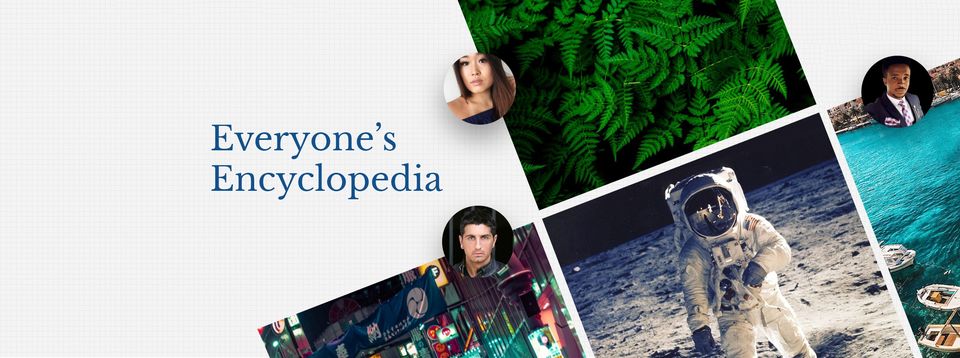Everipedia is a Wikipedia on the EOSIO public blockchain. Larry Sanger, the former Wikipedia co-founder and Everipedia CIO, internet project developer, and educationalist said at the EOS Global Hackathon event in Hong Kong that blockchain projects need a motivational purpose in that they must require a decentralized platform to achieve their mission. He also said that nodes (including servers), individuals, and organizations should share in the distribution of power.
Uncensored,Consensus-Based Content
Launched in 2015, Everipedia — which presents itself as a decentralized version of Wikipedia and whose founders predict that it will soon become the first DAPP to deploy an MVP (Minimum Viable Product) on the EOSIO public blockchain — is a project that most certainly meets Larry’s test. Significantly, building on EOSIO means Everipedia content will be distributed among nodes around the world, rather than living on a centralized server. A live bot already forks English-language Wikipedia articles for the site. The blockchain will make those articles — along with others written by Everipedia’s own editors — unmodifiable except by consensus, and effectively un-censorable by autocratic governments.
As Sam Kazemian, Everipedia’s co-founder and president sees it, the site offers the perfect “use-case” for EOSIO. What’s more, he asserts that there is a unique logic to the “tokenomics” involved in the project, which in December became one of the first to receive funding from EOS VC, via Galaxy Digital’s Ecosystem Fund.
Everipedia (IQ) Tokenomics
In conversation with Block.one in Hong Kong, Kazemian explained how Everipedia intends to use “IQ.” “People can stake their tokens to get ‘brainpower,’ which actually already exists on the site for people who create articles and approve edits. Going forward, when they write or edit articles, contributors will put down IQ tokens. If the community approves the content, then they get their tokens back and earn more; if not, they lose their tokens. It’s a unique system of incentives, along with disincentives and checks against those who write bad articles or make false edits. And it gives users a real stake in the success of the platform.”
With over six million articles published — and counting — Everipedia now stands as the world’s largest English encyclopedia by content. It has lower standards of “notability” for inclusion than Wikipedia, meaning there is less “deletionism,” or removal of articles deemed unnecessary or trivial. Other differences include greater interactivity, including upvote/downvote buttons for every reference, the ability to comment on links, and code that allows videos to stream on-site. Meanwhile, the company boasts that its “editing interface makes creating and editing wikis as easy as using Facebook.”
Why Everipedia Built on EOSIO?
Speaking during a panel discussion at the Hong Kong event, Everipedia’s Chief Technology Officer, Travis Moore, explained the team’s initial urge. “We felt that Wikipedia hadn’t been updated in almost two decades and that there were things that we could improve on,” he said.
As for the decision to build on EOSIO, Kazemian recalled: “We looked at EOS back in August last year and were very impressed by it, and by Daniel Larimer’s track record with bathers and Steem. The Cryptokitties crash on Ethereum in December convinced us that EOS is definitely the way to go. Using C++ gives us a much wider pool of development talent, and EOS offers more documentation and more languages. The network’s lack of transaction fees and sub-second block production times are also major benefits.”
With Everipedia set to be “on top of the next generation of DAPP technologies,” in Kazemian’s words, things are looking very bright indeed for the Los Angeles-based team, most of whom met as students at UCLA. Their Iranian-American president seemed just as excited, however, by the wave of other DAPPs that EOSIO “unblocks.”
“I think that in the second half of this year, we’re really going to see another Cambrian explosion,” he said. “People are starting to realize they can build things on it that were previously possible but impractical on Ethereum. The second half of this year is the time for EOS and we’ll see more malleable and flexible and rich DAPPs coming through.”

Originally Published Here

